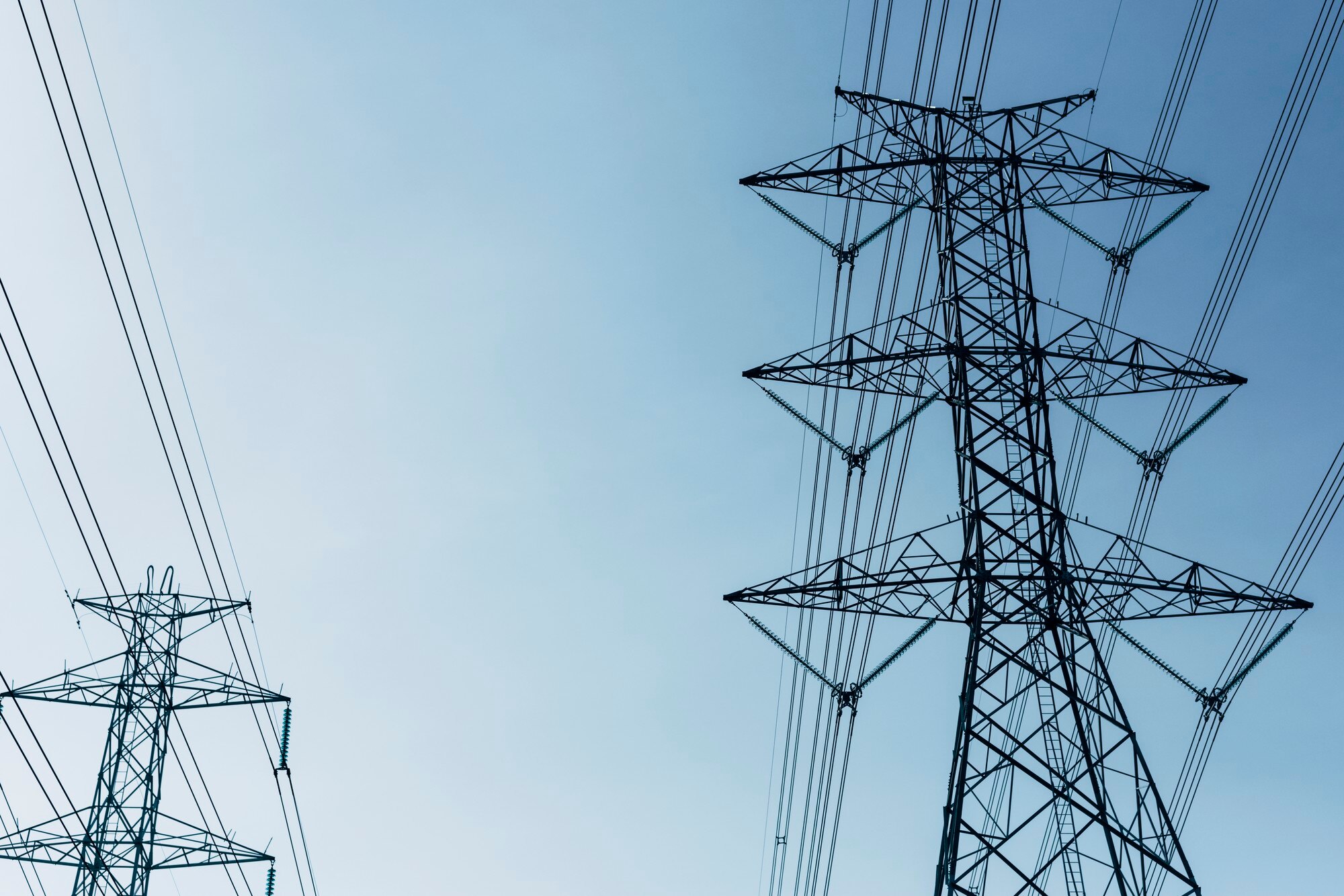
PJM Interconnection controls the electricity transmission grid in 13 mid-Atlantic states, Ohio, plus eastern Kentucky. Now it is struggling under a massive and growing backlog of applications for new interconnections that want to connect to its grid. Today, PJM has stopped taking any new applications since 2022. Right now, more than 3,000 active interconnection requests are trying to link up 286.7 gigawatts of generating capacity. The group recently pledged not to consider any additional requests before supper 2026. This decision should alarm those who fear delays in being able to connect renewable energy sources to the grid.
The backlog at PJM is easily the longest of any of the nation’s grid operators. Recent figures estimate that the backlog is twice the total generating capacity of all U.S. power plants currently in operation. Nationwide, an estimated 2.6 terawatts of new generating capacity are waiting in line for approval, per the Lawrence Berkeley Lab. PJM’s electricity grid has historically functioned on dirty fossil fuels. It is currently undergoing a serious transformation toward including more renewable energy, especially solar generation and storage capacity.
PJM’s Collaboration with Google and Tapestry to Solve Grid Challenges
PJM has been working to confront these challenges in a meaningful way. They’re working hand-in-hand with Google and Tapestry, Alphabet’s “moonshot” initiative, to develop artificial intelligence (AI) models that will pre-fill applications to streamline the process. Through this new collaboration, the goal is to increase data verification and quality, and provide better project submissions by developing new centralized comprehensive planning tools.
These new modeling tools will greatly improve PJM’s ability to analyze how to best integrate these new variable power sources. Specifically, they will consider more wind and solar within the current grid infrastructure. Aftab Khan, PJM’s Executive Vice President, underscored the need for a diverse energy portfolio. He announced that the entity’s future grid would remain “fuel agnostic.”
And while the queue for new connections has cleared up considerably, it’s primarily filled with solar and storage projects. Each one of these projects has more than 1 terawatt of capacity—shovel ready and desperate to reach the grid. There’s an enormous and deep market appetite for renewable energy innovations. PJM’s actions to expedite the application process could help triple that, moving the region further and faster toward decarbonization.
Amanda Peterson Corio, a spokesperson for Google, noted the company’s commitment to addressing these issues: “We are committed to our goals to decarbonize our electricity footprint.” This new collaboration with PJM is a sign of a rapidly growing trend. We’re leveraging cutting-edge technologies to accelerate the transition to a cleaner, more sustainable energy future, one powered by innovation.
What The Author Thinks
The collaboration between Google, PJM, and Tapestry represents a significant step toward alleviating the growing backlog of interconnection applications. By leveraging AI, PJM can streamline the application process, enabling faster integration of renewable energy sources. This partnership is essential for accelerating the U.S.’s transition to a cleaner energy grid, particularly as the demand for renewable energy projects continues to rise. However, the success of this initiative will depend on the scalability and effectiveness of AI in solving complex energy distribution challenges. The real question is whether these innovations can keep pace with the increasing demand for renewable energy infrastructure.
Featured image credit: rawpixel via Freepik
Follow us for more breaking news on DMR
